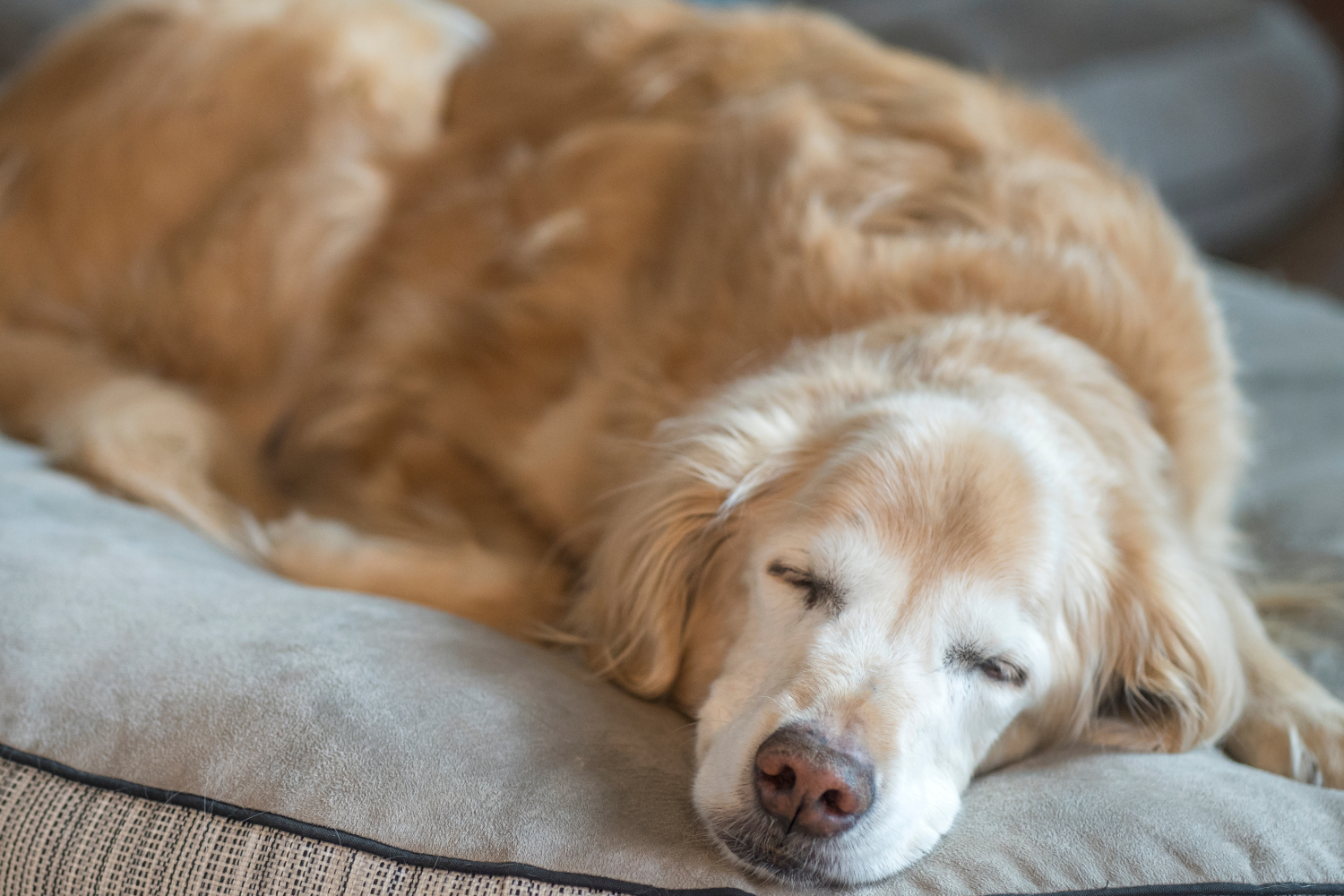
BOGO: buy a box of Longevity15 and get Yummy Combs free!
Shop now and get the BOGO deal today!
Joseph Roetheli, PhD

You’re not alone if you’ve noticed your furry friend turning up their nose at their food lately. Loss of appetite in dogs is a common issue that many pet owners face. It can be problematic, but understanding what’s happening can help you return your pup to its happy and healthy self.
Let’s dive into the details together!
So, what exactly does it mean when your dog loses their appetite? Simply put, it’s when your dog shows a decreased interest in food or downright refuses to eat.
This can happen for various reasons, ranging from minor stressors (like a new bowl) to more severe health concerns. It’s essential to watch your pup and determine whether this is a temporary phase or needs more attention.
You might hear the terms “loss of appetite” and “anorexia” thrown around, but they aren’t quite the same. Loss of appetite usually refers to a short-term dip in eating, which can often resolve itself.
Anorexia, on the other hand, is a more severe condition where your dog has no desire to eat at all. If your pup hasn’t touched its food for more than 24 hours, it’s time to consult your veterinarian.
Recognizing the signs that your dog may not be feeling their best is essential.
Here are some things to watch for:
Now that we know the signs, let’s talk about what might be causing your dog’s appetite loss. Here are some common culprits:
Has your dog recently switched to a new brand or type of food? Sometimes, picky eaters need a little time to adjust. They might be holding out for their favorite flavor!
They might feel a bit stressed if you’ve recently moved or changed your dog’s feeding area. Dogs are creatures of habit, and any disruption can throw them off.
Just like us, dogs can get tummy troubles. They may not want to eat if they’re feeling nauseous or have an upset stomach. Look for other symptoms, like vomiting or diarrhea.
Is your dog anxious when you leave? Separation anxiety can lead to decreased appetite. Dogs that feel stressed when alone may refuse to eat until you return.
Dental problems can make eating painful. If your dog has gum disease or a toothache, they might shy away from food. Regular dental check-ups are vital to keeping those pearly whites healthy. It can also be beneficial to utilize healthy dental chews like Yummy Combs® to support dental health.
More serious health issues, such as kidney failure or liver disease, can also lead to a significant decrease in appetite. If your dog is showing other concerning symptoms, it’s time to consult your veterinarian.
If your dog isn’t eating as much as they should, here are some tips to help encourage them:
You might wonder why your dog is turning their nose up at their regular food but gobbling down treats. This could mean they’re being a bit picky or have developed a preference for the tastier snacks.
To encourage them to eat their regular meals, try limiting treats to no more than 10% of their daily caloric intake. For more tips on this, check out the Yummy Combs blog post!
A change in your dog’s appetite can be concerning, but staying calm and observant is essential. Keeping an eye on their eating habits and knowing when to seek veterinary advice can make all the difference.
By understanding the potential causes and solutions for appetite loss, you can help your furry friend get back to their happy, healthy self. Remember, early intervention is key! Your dog relies on you to keep them feeling their best, so don’t hesitate to ask for help.
Sources:
Anorexia in Dogs | VCA Animal Hospitals
Canine separation anxiety: strategies for treatment and management | PMC
Updates, coupons, deals, and more!
Type anything...
We use cookies to provide you the best possible experience on our website. You consent to the usage of cookies by continuing to view our website. See our Privacy Notice for more information.